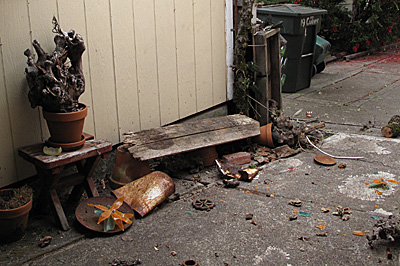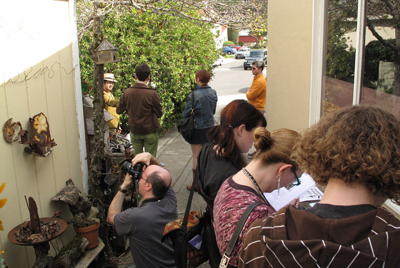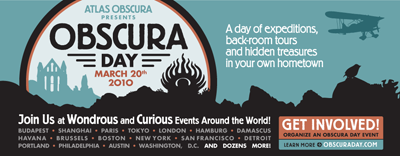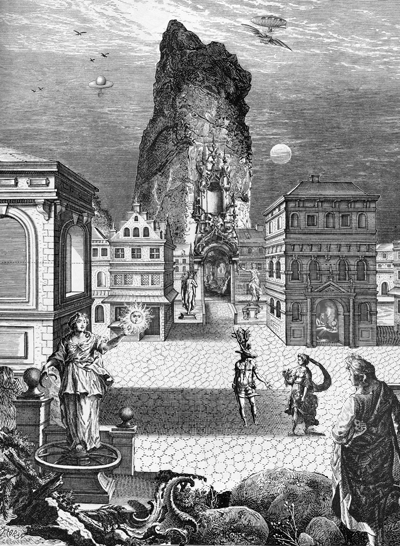
The Zymoglyphic Museum Press is pleased to announce the publication of a much-expanded and revised second edition of the official museum guide. This new edition includes a trenchant and erudite introductory essay by Peter Frank, ruminating on the Zymoglyphic ethos regarding nature, art from nature, and the nature of art. Peter is the art critic for the Huffington Post and Adjunct Senior Curator at the Riverside Art Museum in Riverside, California.

"Sketches of the Zymoglyphic Region" is brand new booklet containing twenty recently discovered drawings from the Modern Age of the Zymoglyphic region. Inhabitants of the region were encouraged to fan out across the countryside and capture its wonders in quick, spontaneous strokes. The enigmatic results have been gathered here for the first time and are made available to the public at large.
Both books, along with an updated "Views of the Zymoglyphic Region" (a book of engraving collages), will be available for perusal and purchase at the Book Arts Jam on Saturday, Oct. 16, 2010 from 10 AM to 4 PM at Foothill College in Cupertino, California. A sampling of artifacts from the museum will be on hand, as will the curator.
The Book Arts Jam is an annual event put on by the Bay Area Book Artists. The show features one-of-a-kind artist-made books, as well as self-published items, mail art, and materials that you can use to create your own books. In addition, there will be exhibits, demonstrations, and talks pertaining to the book arts. Admission is free; parking is $2.
If you are unable or unwilling to attend the jam, you may purchase or download books online through the museum shop. Peter's essay is available as a download here






